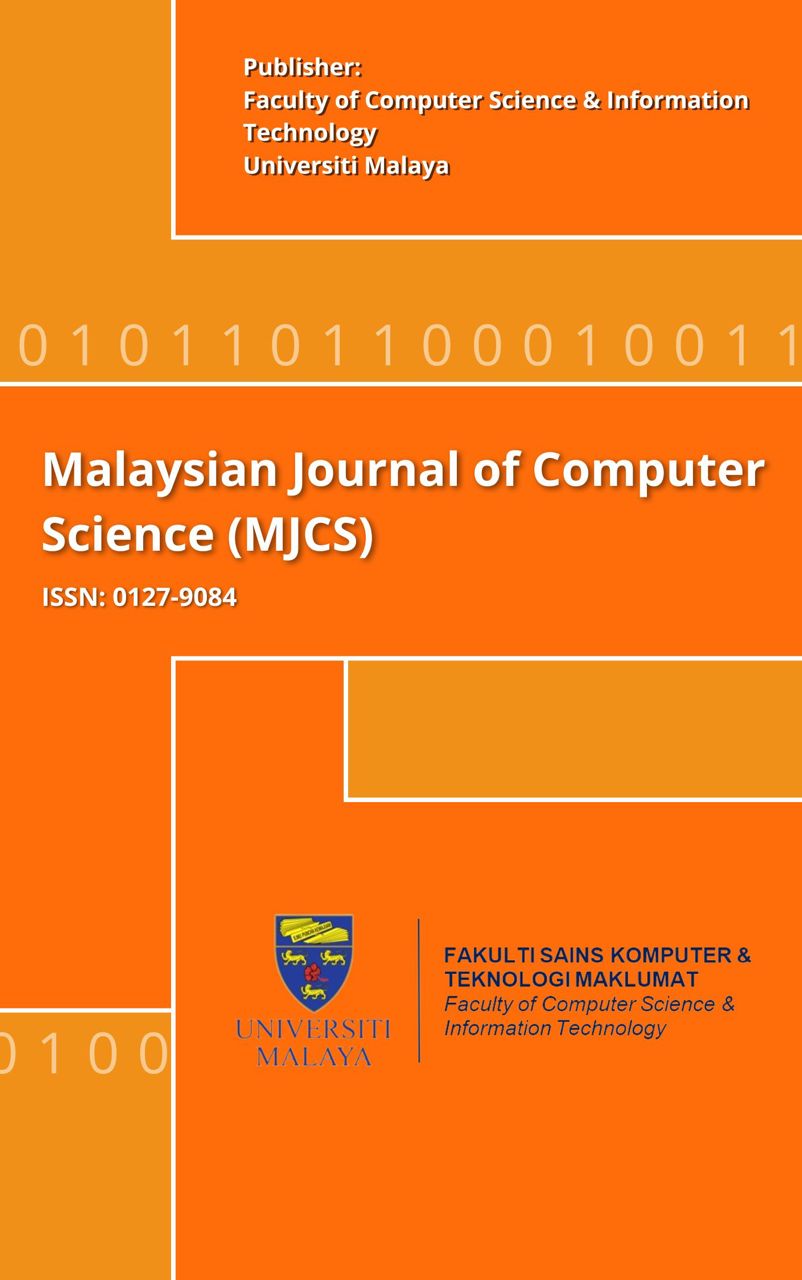A Novel Error Correction Scheme In Quantum Key Distribution (Qkd) Protocol
Main Article Content
Abstract
Ideally, in any quantum key distribution (QKD) communication system, each sifted key is expected to be received without error. However in practice, due to infeasibility of generating pure single photon and device impairment problem, some of the sifted key may experience errors. This results to the increment of quantum bit error rate (QBER) that requires error reconciliation for correcting error. The main concept in error reconciliation is very much related to the capability of correcting all errors while minimizing eavesdrop information. The quantum error correcting code such as Hamming code which used in Winnow protocol is found to be more attractive. However the Winnow protocol can only correct one error out of seven bits. Adopting this classical error correcting code, an improved reconciliation scheme namely Siao Ping 1985 (SP 1985) protocol is proposed in this paper to correct more errors in faster pace without additional formulation for the overall simplicity criterion. This research is aimed at building up efficiency and effectiveness of reconciliation of the robust BB84 protocol in coping with noise interference. The proposed SP 1985 reconciliation protocol utilizes a pair of forward and reverse order syndromes for error pattern recognition. It is carried out in a simple structure which can correct up to double erroneous bits and detect four erroneous bits for each seven bits. Therefore, it is sufficient to deliver the desirable outcome after investigating its capability by correcting two errors out of seven bits compared to Winnow protocol. Its effectiveness can be measured based on simulation result which leads to reducing the QBER.
